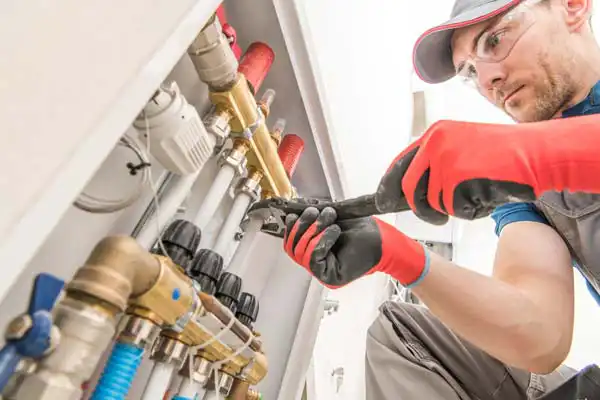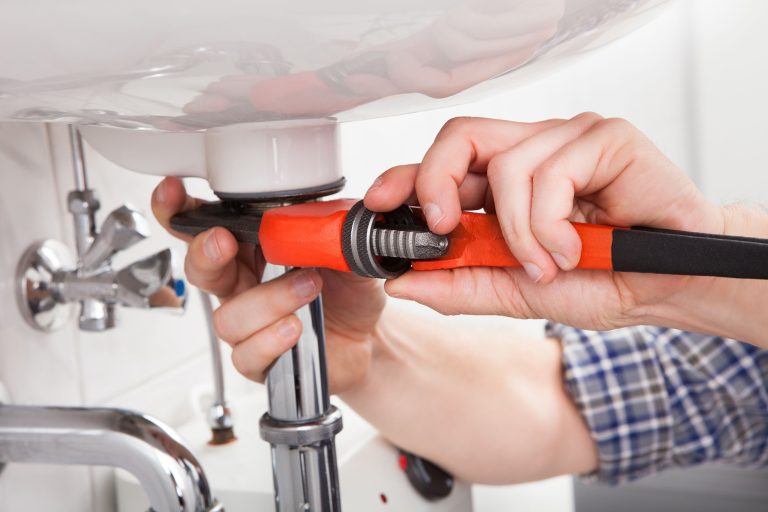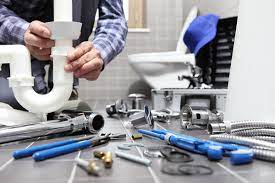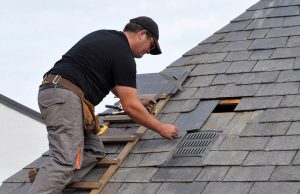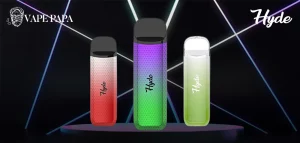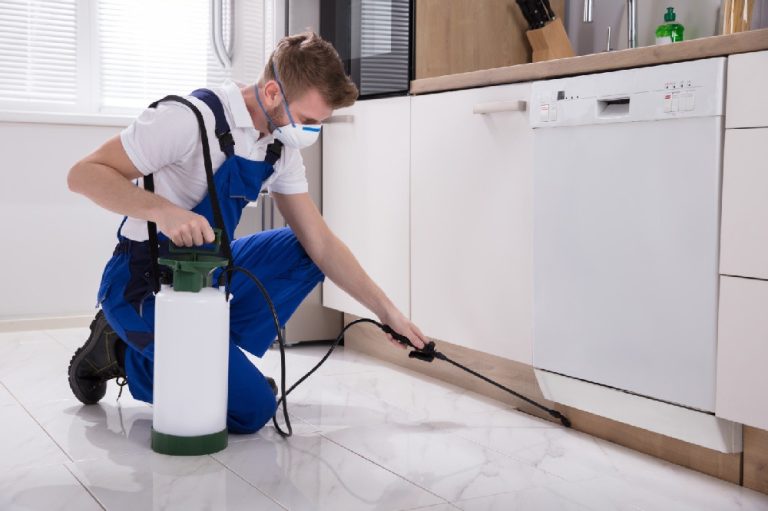Sewer Repair in Norfolk VA is a crucial plumbing service aimed at addressing issues with the underground sewer lines that connect a property to the municipal sewer system or septic tank. Here’s an overview of the Sewer Repair in Norfolk VA process:
- Initial Inspection and Assessment:
- The first step in sewer repair is to conduct a thorough inspection of the sewer line to identify the cause and extent of the problem.
- Plumbers may use video camera inspection equipment to visually inspect the interior of the sewer line and pinpoint problem areas such as blockages, cracks, breaks, root intrusions, or corrosion.
- Diagnosis and Problem Identification:
- Based on the inspection findings, the plumber diagnoses the underlying issues affecting the sewer line and determines the most appropriate repair methods.
- The type and severity of the problem will influence the choice of repair techniques, materials, and equipment needed to restore the sewer line’s functionality.
- Repair Options:
- Sewer repair methods vary depending on the nature and extent of the damage. Common repair techniques include:
- Pipe Patching or Lining: Minor cracks or leaks may be repaired using trenchless methods such as pipe lining or pipe patching, which involve inserting a flexible liner or resin-soaked patch into the existing pipe to seal leaks and reinforce damaged sections.
- Pipe Bursting: For severely damaged or collapsed pipes, pipe bursting may be used to replace the existing pipe with a new one. This method involves breaking apart the old pipe and simultaneously pulling a new pipe into place.
- Excavation and Replacement: In some cases, excavation may be necessary to access and repair the damaged section of the sewer line. Plumbers dig trenches along the path of the sewer line, remove the damaged pipe, and install a new pipe in its place.
- Sewer repair methods vary depending on the nature and extent of the damage. Common repair techniques include:
- Repair Implementation:
- Once the repair method is selected, plumbers proceed with implementing the necessary repairs.
- Trenchless repair methods typically involve minimal disruption to landscaping and property structures, while traditional excavation methods require more extensive digging and restoration work.
- Testing and Inspection:
- After completing the repairs, plumbers conduct testing to ensure that the sewer line is properly sealed, free of leaks, and functioning correctly.
- Pressure testing and flow testing may be performed to verify the integrity and performance of the repaired sewer line.
- Backfilling and Restoration:
- If excavation was required for the repair, plumbers backfill the trenches with soil and compact it to restore the ground surface to its original condition.
- Landscaping, paving, or other surface features affected by excavation are restored or repaired as needed to complete the sewer repair project.
- Follow-Up and Maintenance:
- Plumbers may provide recommendations for ongoing maintenance to prevent future sewer line issues, such as regular inspections, drain cleaning, and root barrier installation.
- Property owners should follow maintenance guidelines provided by the plumber and address any plumbing issues promptly to avoid costly repairs in the future.
Sewer repair is a complex and specialized plumbing service that requires professional expertise and equipment. It’s essential to hire licensed and experienced plumbers who specialize in sewer repair to ensure that the repairs are completed safely, effectively, and in compliance with building codes and regulations. Be sure to obtain multiple quotes, review credentials, and discuss repair options with prospective plumbers before proceeding with sewer repair on your property.
